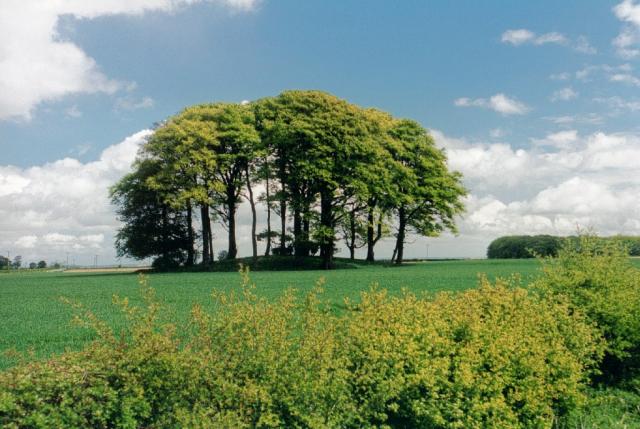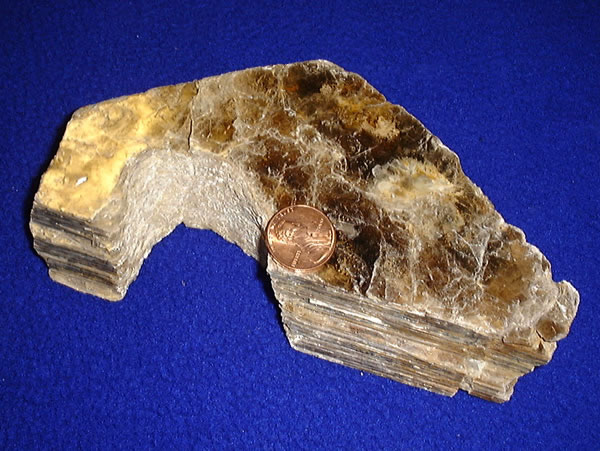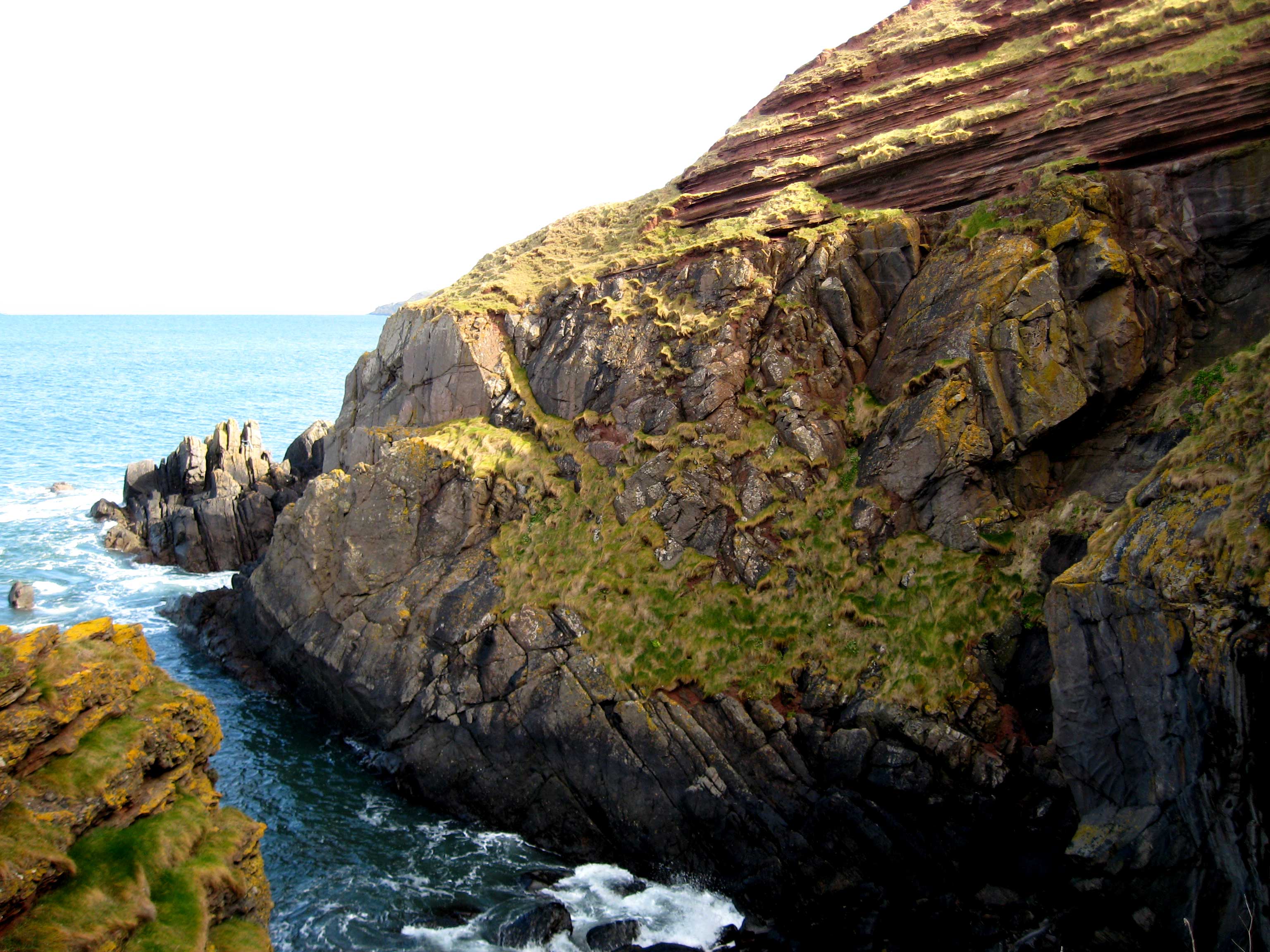|
Graig Syfyrddin
Graig Syfyrddin or just ''The Graig'', is a 423m high hill near Grosmont, Monmouthshire, Grosmont in north-eastern Monmouthshire, Wales. The summit knoll is known as ''Edmund's Tump''. The hill consists of an isolated mass of the micaceous sandstones of the Brownstones Formation, a unit of the Old Red Sandstone well known from the nearby Black Mountains, of which it can be considered an outlier in both the geographical and Inliers and outliers (geology), geological sense. The Three Castles Walk Monmouthshire, Three Castles Walk, a waymarked recreational walk in Monmouthshire linking Grosmont Castle, White Castle (Wales) and Skenfrith Castle passes over the hill. References External links www.geograph.co.uk : photos of Graig Syfyrddin and surrounding area Marilyns of Wales Mountains and hills of Monmouthshire {{Monmouthshire-geo-stub ... [...More Info...] [...Related Items...] OR: [Wikipedia] [Google] [Baidu] |
Ysgyryd Fawr
Skirrid Fawr ( , ), often referred to as just the Skirrid, is a traditional Christian pilgrimage site and an easterly outlier of the Black Mountains, Wales, Black Mountains in Wales. It forms the easternmost part of the Brecon Beacons National Park. The smaller hill of Ysgyryd Fach or "Little Skirrid" () lies about south. It is high and lies just to the north-east of Abergavenny, Monmouthshire, about from the England, English border. The Beacons Way passes along the ridge. Geology The distinctive shape of this Old Red Sandstone hill comprises a long ridge oriented nearly north–south, with a jagged western side resulting from ice age landslips . The upper slopes of the hill are composed of Devonian age sandstones assigned to the Senni Formation (formerly known as the "Senni Beds"). These overlie weaker mudstones of the St Maughans Formation - a situation which has contributed to the instability of the hill's steep flanks, resulting in extensive landslips, notably ... [...More Info...] [...Related Items...] OR: [Wikipedia] [Google] [Baidu] |
Marilyn (hill)
This is a list of Marilyn hills and mountains in the United Kingdom, Republic of Ireland, Ireland and surrounding islands and Stack (geology), sea stacks. Lists of mountains and hills in the British Isles#Marilyns, Marilyns are defined as peaks with a topographic prominence, prominence of or more, regardless of height or any other merit (e.g. topographic isolation, as used in Lists of mountains and hills in the British Isles#Munros, Munros). Thus, Marilyns can be mountains, with a height above , or relatively small hills. there were 2,010 recorded Marilyns. Definition The Marilyn classification was created by Alan Dawson in his 1992 book ''The Relative Hills of Britain''. The name Marilyn was coined by Dawson as a punning contrast to the ''Munro'' classification of Scottish mountains above , but which has no explicit prominence threshold, being homophone, homophonous with (Marilyn) ''Marilyn Monroe, Monroe''. The list of Marilyns was extended to Ireland by Clem Clements. Ma ... [...More Info...] [...Related Items...] OR: [Wikipedia] [Google] [Baidu] |
Monmouthshire
Monmouthshire ( ; ) is a Principal areas of Wales, county in the South East Wales, south east of Wales. It borders Powys to the north; the English counties of Herefordshire and Gloucestershire to the north and east; the Severn Estuary to the south, and Torfaen, Newport, Wales, Newport and Blaenau Gwent to the west. The largest town is Abergavenny, and the administrative centre is Usk. The county is administered by Monmouthshire County Council. It sends two directly-elected members to the Senedd at Cardiff and one elected member to the Parliament of the United Kingdom, UK parliament at Westminster. The county name is identical to that of the Monmouthshire (historic), historic county, of which the current local authority covers the eastern three-fifths. Between 1974 and 1996, the county was known as Gwent (county), Gwent, recalling Kingdom of Gwent, the medieval kingdom which covered a similar area. The present county was formed under the Local Government (Wales) Act 1994, which ... [...More Info...] [...Related Items...] OR: [Wikipedia] [Google] [Baidu] |
Wales
Wales ( ) is a Countries of the United Kingdom, country that is part of the United Kingdom. It is bordered by the Irish Sea to the north and west, England to the England–Wales border, east, the Bristol Channel to the south, and the Celtic Sea to the south-west. , it had a population of 3.2 million. It has a total area of and over of Coastline of Wales, coastline. It is largely mountainous with its higher peaks in the north and central areas, including Snowdon (), its highest summit. The country lies within the Temperate climate, north temperate zone and has a changeable, Oceanic climate, maritime climate. Its capital and largest city is Cardiff. A distinct Culture of Wales, Welsh culture emerged among the Celtic Britons after the End of Roman rule in Britain, Roman withdrawal from Britain in the 5th century, and Wales was briefly united under Gruffudd ap Llywelyn in 1055. After over 200 years of war, the Conquest of Wales by Edward I, conquest of Wales by King Edward I o ... [...More Info...] [...Related Items...] OR: [Wikipedia] [Google] [Baidu] |
Brecon Beacons
The Brecon Beacons (; ) are a mountain range in Wales. The range includes South Wales's highest mountain, Pen y Fan (), its twin summit Corn Du (), and Craig Gwaun Taf (), which are the three highest peaks in the range. The Brecon Beacons have given their name to the larger Brecon Beacons National Park, and the range itself is therefore sometimes known as the Central Beacons to differentiate the two. Toponymy The name ''Bannau Brycheiniog'' is first attested in the sixteenth century, and 'Brecon Beacons' first occurs in the eighteenth century as "Brecknock Beacons". ''Bannau Brycheiniog'' derives from the Welsh ''bannau'', "peaks", and '' Brycheiniog'', the name of an early medieval kingdom which covered the area. The English name is derived from the Welsh one; in the eleventh century the town of Brecon is recorded as 'Brecheniauc', which became "Brecknock" and "Brecon". In a paragraph on Brecknockshire, John Leland's 1536–1539 ''Itinerary'' notes that: Leland ascribe ... [...More Info...] [...Related Items...] OR: [Wikipedia] [Google] [Baidu] |
Grosmont, Monmouthshire
Grosmont ( or ) is a village and Community (Wales), community near Abergavenny in Monmouthshire, Wales. The population taken at the United Kingdom Census 2021, 2021 census was 869. The wider community (parish) includes the villages of Llangattock Lingoed, Llangua and Llanvetherine. History There are circumstantial indications that Grosmont may have originated as an Iron Age camp. Grosmont Castle Grosmont Castle, along with the nearby White Castle (Wales), White Castle and Skenfrith Castle, have given rise to the Three Castles Walk Monmouthshire, Three Castles Walk which links the castles and along with the Monnow Valley Walk brings visitors to the village. Grosmont is dominated by the nearby Graig Syfyrddin (or Edmunds Tump, possibly after Edmund Crouchback, 1st Earl of Lancaster). The castle itself was established by the Normans in the wake of the Norman conquest of England, invasion of England in 1066. It was the birthplace of Henry, 1st Duke of Lancaster. Formation o ... [...More Info...] [...Related Items...] OR: [Wikipedia] [Google] [Baidu] |
Mica
Micas ( ) are a group of silicate minerals whose outstanding physical characteristic is that individual mica crystals can easily be split into fragile elastic plates. This characteristic is described as ''perfect basal cleavage''. Mica is common in igneous and metamorphic rock and is occasionally found as small flakes in sedimentary rock. It is particularly prominent in many granites, pegmatites, and schists, and "books" (large individual crystals) of mica several feet across have been found in some pegmatites. Micas are used in products such as drywalls, paints, and fillers, especially in parts for automobiles, roofing, and in electronics. The mineral is used in cosmetics and food to add "shimmer" or "frost". Properties and structure The mica group comprises 37 phyllosilicate minerals. All crystallize in the monoclinic system, with a tendency towards pseudohexagonal crystals, and are similar in structure but vary in chemical composition. Micas are translucent to opa ... [...More Info...] [...Related Items...] OR: [Wikipedia] [Google] [Baidu] |
Sandstone
Sandstone is a Clastic rock#Sedimentary clastic rocks, clastic sedimentary rock composed mainly of grain size, sand-sized (0.0625 to 2 mm) silicate mineral, silicate grains, Cementation (geology), cemented together by another mineral. Sandstones comprise about 20–25% of all sedimentary rocks. Most sandstone is composed of quartz or feldspar, because they are the most resistant minerals to the weathering processes at the Earth's surface. Like uncemented sand, sandstone may be imparted any color by impurities within the minerals, but the most common colors are tan, brown, yellow, red, grey, pink, white, and black. Because sandstone beds can form highly visible cliffs and other topography, topographic features, certain colors of sandstone have become strongly identified with certain regions, such as the red rock deserts of Arches National Park and other areas of the Southwestern United States, American Southwest. Rock formations composed of sandstone usually allow the p ... [...More Info...] [...Related Items...] OR: [Wikipedia] [Google] [Baidu] |
Old Red Sandstone
Old Red Sandstone, abbreviated ORS, is an assemblage of rocks in the North Atlantic region largely of Devonian age. It extends in the east across Great Britain, Ireland and Norway, and in the west along the eastern seaboard of North America. It also extends northwards into Greenland and Svalbard. These areas were a part of the paleocontinent of Euramerica (Laurussia). In Britain it is a lithostratigraphic unit (a sequence of rock strata) to which stratigraphers accord supergroup status and which is of considerable importance to early paleontology. The presence of ''Old'' in the name is to distinguish the sequence from the younger New Red Sandstone which also occurs widely throughout Britain. Sedimentology The Old Red Sandstone describes a group of sedimentary rocks deposited in a variety of environments in the late Silurian, through the Devonian and into the earliest part of the Carboniferous. The body of rock, or facies, is dominated by terrigenous deposits and co ... [...More Info...] [...Related Items...] OR: [Wikipedia] [Google] [Baidu] |
Inliers And Outliers (geology)
An inlier is an area of older rocks surrounded by younger rocks. Inliers are typically formed by the erosion of overlying younger rocks to reveal a limited exposure of the older underlying rocks. Faulting or folding may also contribute to the observed outcrop pattern. A classic example from Great Britain is that of the inlier of folded Ordovician and Silurian rocks at Horton in Ribblesdale in North Yorkshire which are surrounded by the younger flat-lying Carboniferous Limestone. The location has long been visited by geology students and experts. Another example from South Wales is the Usk Inlier in Monmouthshire where Silurian age rocks are upfolded amidst Old Red Sandstone rocks of Devonian age. A similar outcrop pattern which results from movement on a thrust fault followed by erosion may be termed a window. Conversely an outlier is an area of younger rock surrounded by older rocks. An outlier is typically formed when sufficient erosion of surrounding rocks has taken plac ... [...More Info...] [...Related Items...] OR: [Wikipedia] [Google] [Baidu] |
Three Castles Walk Monmouthshire
The Three Castles Walk is a waymarked long-distance footpath and recreational walk in north-east Monmouthshire, Wales, linking Skenfrith Castle, Skenfrith, Grosmont Castle, Grosmont and White Castle (Wales), White Castles. Distance The Three Castles Walk covers on a circular route. Route The route links Skenfrith Castle Grosmont Castle and White Castle (Wales), White Castle It follows woods and hills and takes the walker over Graig Syfyrddin (Edmunds Tump), from which there are views of the Welsh Marches, the mountains of South Wales, including the Black Mountains, Wales, Black Mountains, and the Forest of Dean and beyond. The Three Castles Walk links with the Offa's Dyke Path (at White Castle) and the Monnow Valley Walk (at Skenfrith and Grosmont Castle, Grosmont). References External links Official Monmouthshire County Council information on the walk [...More Info...] [...Related Items...] OR: [Wikipedia] [Google] [Baidu] |
Grosmont Castle
Grosmont Castle is a ruined castle in the village of Grosmont, Monmouthshire, Wales. The fortification was established by the Normans in the wake of the Norman conquest of England, invasion of England in 1066, to protect the route from Wales to Hereford. Possibly commissioned by William FitzOsbern, 1st Earl of Hereford, it was originally an earthwork design with timber defences. In 1135, a major Welsh revolt took place, and in response King Stephen of England, Stephen brought together Grosmont Castle and its sister fortifications of Skenfrith Castle, Skenfrith and White Castle (Wales), White Castle to form a lordship known as the "Three Castles", which continued to play a role in defending the region from Welsh attack for several centuries. King John of England, John gave the castle to a powerful royal official, Hubert de Burgh, in 1201. During the course of the next few decades it passed back and forth between several owners, including Hubert, the rival House of Braose, De Brao ... [...More Info...] [...Related Items...] OR: [Wikipedia] [Google] [Baidu] |






